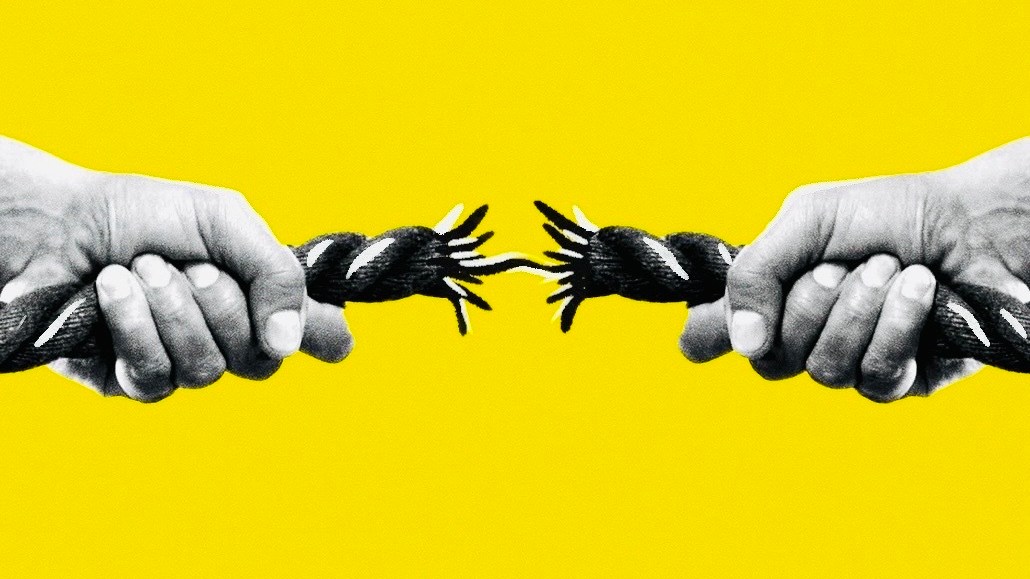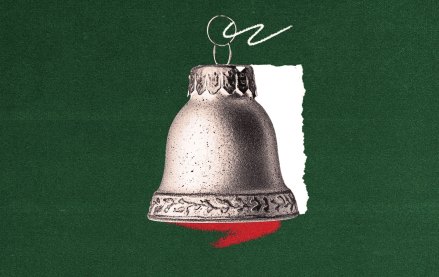Marketers remain cautious about investing in Snapchat amid TikTok uncertainty

Snapchat is vying for ad dollars dedicated to creators, touting monetization tools and its Gen Z audience — but three agency execs say they are not seeing dollars move over just yet.
There is money on the table for TikTok rivals right now, given the roller coaster of TikTok’s status in the U.S. But Snapchat will have to convince marketers that it can reach beyond its mostly Gen Z or Gen Alpha audience to win over any amount of substantial dollars from its competitors like Meta’s Instagram and Google’s YouTube.
Snapchat revealed in its Q4 earnings yesterday that the creator content had grown year-over-year by 40%. The platform postured itself to marketers as a unique place for creators at last week’s 2025 ANA Creator Marketing Conference, where Brooke Berry, head of creator development at Snap and Francis Roberts, global head of public figures at Snap, boasted in a panel discussion about the variety of ad formats and types of creator content they see across all different parts of the funnel in working with advertisers like Priceline and Celsius Energy Drink.
“We really invested a lot … to leverage our naturally occurring content on the platform to find success as a brand,” Roberts said last week. Snap did not immediately respond to additional requests for comment.
Snap is also touting to marketers in separate conversations with marketers that 60% of Snapchat users over the age of 18 also use TikTok on a daily basis. And as Digiday recently reported, its ad sales team has been recently pitching to marketers about this overlapping daily and monthly audience in the U.S. as a way to attract TikTok investments. YouTube, Meta, Substack and other competitors are similarly courting advertisers while TikTok continues facing a 75-day extension to its January ban deadline.
As Sensor Tower recently noted, all platforms may see a “bump in engagement upon a [TikTok] ban” — but Instagram and Snap have the “greatest cross app usage with TikTok upon examining user sessions.”
Audience and creator appeal
Snap hopes to convince marketers it can offer a “large and growing” audience, particularly among Gen Zers, with its 850 million daily active users, Roberts said during the session.
Snapchat appeals to 90% of all 13 to 24-year-olds and 75% of 13 to 34-year-olds who used the app in over 25 countries, Roberts said, referring to internal Snap data in 2024. “So over 50% of people who use Snap every single day aren’t on TikTok. Over 55% of those people are not on YouTube,” he said.
Snap is still chasing Meta’s ad business which is about 30-times that of Snap’s, per eMarketer. Yet Snap is projected to end the year with four straight quarters of double-digit revenue growth, with ad revenues increasing by an estimated 13.3% in 2024, according to eMarketer.
Besides TikTok’s unclear status, some of Snapchat’s content growth may be due to an uptick in Gen Z and “college-aged” users, some of the app’s largest demographic, noted Sarah Gerrish, senior director of creator and influencer marketing at Movers + Shakers. “We have also seen millennial creators who built their audiences on Instagram join the Snap Stars [creator verifications] program,” Gerrish said.
Snap continues promoting creator-focused programs with the aim of attracting and retaining them, with events through its workshop Snap School and the Black Creator Accelerator Program. Educational workshop Snap School began last year and has since hosted more than 50 events globally, according to Berry, who also argued that Snapchat views itself “first and foremost [as] a messaging app.”
In that sense, Berry contends that Snapchat offers an additional layer of privacy — while balancing access — as creators and brands connect with a younger audience, which can be as young as 13 years old on the app.
“Creators are able to foster a really deep one-on-one connection with their audience,” Berry said.
Yet Amy Cotteleer, partner and chief experience officer at Duncan Channon, believes part of Snap’s challenge is shifting from being viewed by younger users as a messaging app to being an “entertainment destination.”
Snap wants to boost its creator-led program and it restructured its monetization program this month for Spotlight and Stories short-form content. The company noted in its news blog that Spotlight viewership was up 25% year-over-year, without revealing exact figures. Revenue sharing was initially only available for its TikTok-like Stories videos in 2022, but it now includes Spotlight videos.
“Stories continues to be our North Star,” Berry said.
Snap is also betting on a variety of its brand and creator editing and creation tools to boost content and ad revenue, like Snap Promote, which allows brands to convert creator content into ads, and the creator marketplace tool to search some 50,000 public profiles of verified creators.
Is it working?
“Looking ahead, Snap has a major opportunity to benefit from the volatility at TikTok and brand safety concerns among big brand Meta advertisers, especially now that it’s monetizing its most-used surface through Sponsored Snaps (which are a form of sponsored and paid direct Snaps),” said Jasmine Enberg, principal analyst at eMarketer.
So far, agencies remain divided on investing in Snap.
Agency New Engen does not have many clients prioritizing Snapchat, said Kelly Dye, vp of influencer strategy of influencer agency Acorn, a part of New Engen. “This is partially because our target audiences tend to lean harder in the millennial range, and Snap skews younger,” Dye said.
Sustaining whatever bump they see from the TikTok hubbub is key. “The question is more whether creators will stay after the post-TikTok gold rush — and whether users will respond to the sudden uptick of content on the platform,” Cotteleer said. “What we see with Snap is a fundamental use case difference, and one that means many users do not — and will not — consider Snapchat as a replacement for TikTok.”
More in Marketing

Pandora is betting on AI agents to scale service and emotional selling during the peak holiday season
Pandora is using AI agents to scale customer service and replicate emotional in-store selling online, just as peak season puts pressure on margins and teams.

Rembrand’s CEO wants to grow virtual ad placements in streaming, and he’s looking elsewhere for models
Omar Tawakol wants to improve advertising within the streaming world, and is working with advertisers and publishers to improve that experience.

Marketers are keen to use generative AI in ad campaigns, but hidden costs lurk
Marketers across the industry want to use AI to cut down on time spent in creative production. It’s not so simple in practice.








